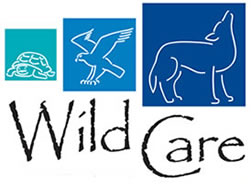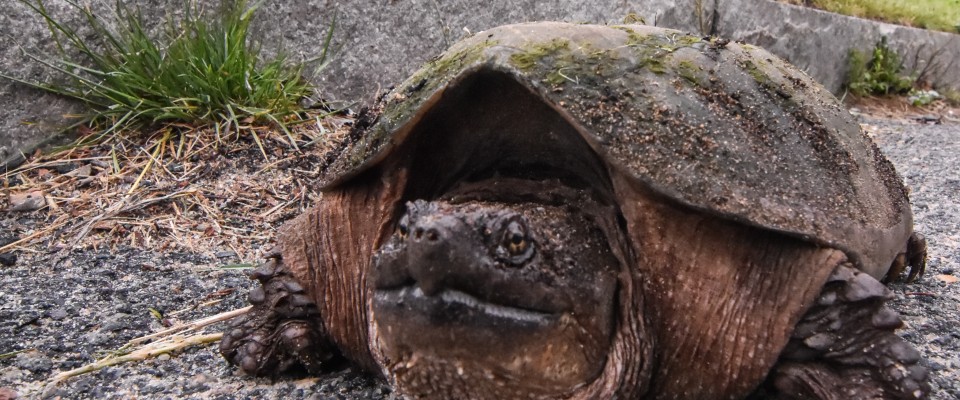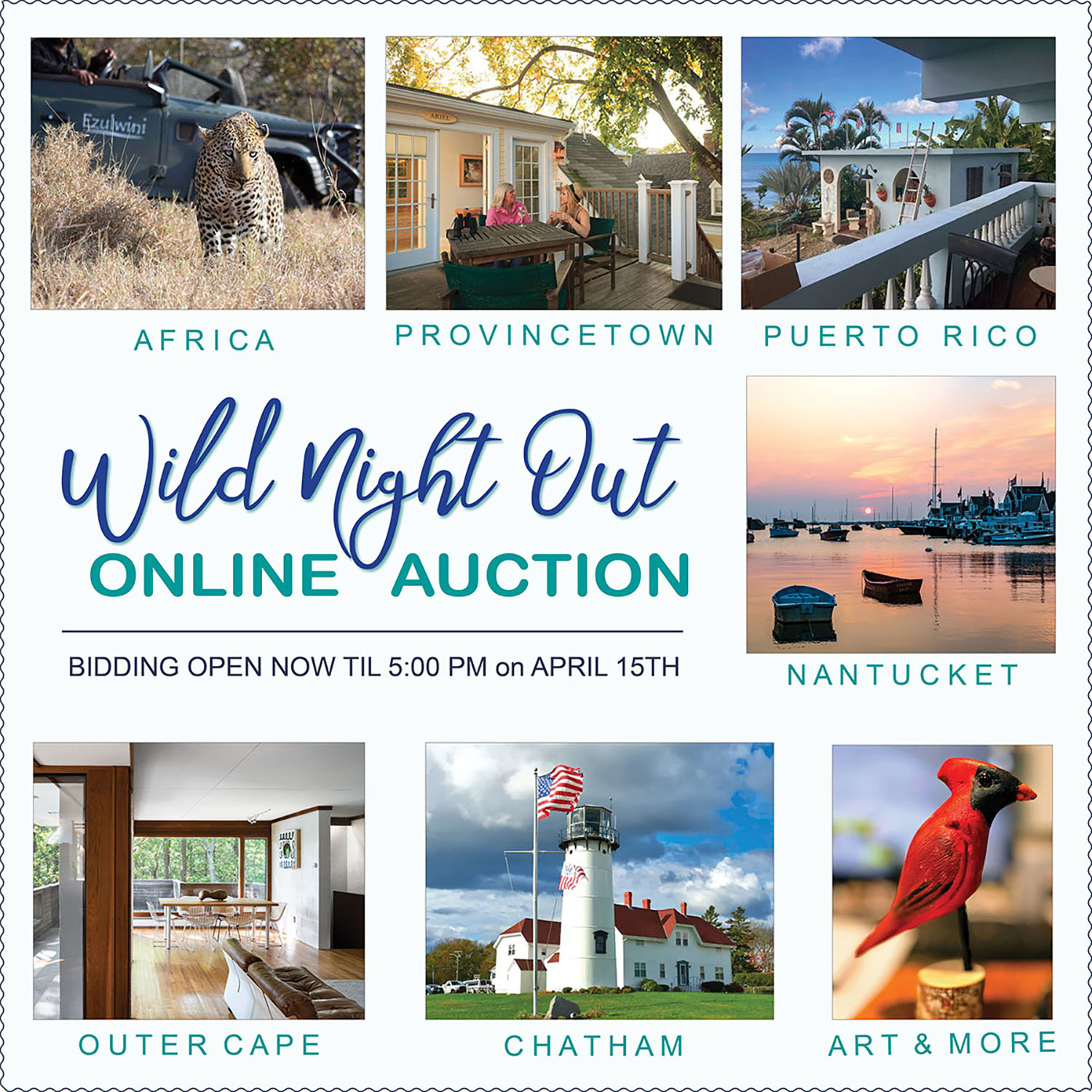The folks at Wild Care, Inc., of Cape Cod have an important message for drivers encountering turtles in the roadway: Stop! You just might save a life.
Each year when spring begins its migration into summer here on the peninsula, not only does Cape Cod see an influx of tourist traffic, but roadways also see an increase in turtle crossings, particularly of snapping turtles looking for suitable locations to lay their eggs. The problem seen by Wild Care is that too many turtles are getting hit, some seemingly intentionally.
Stephanie Ellis, executive director of Wild Care, which is based in Eastham, said that so far this season they’ve had several injured turtles brought in, including a female snapping turtle that had to be euthanized as her shell was fractured down the length of her spine. Ellis did, however, manage to retrieve 27 hopefully viable eggs from the turtle before she was put down.
“I checked her for eggs and could feel that she was gravid,” Ellis said. “I carefully removed [them]. We gave them to the Mass Audubon Wellfleet Bay Wildlife Sanctuary and they buried them for us. The eggs take anywhere from 70-125 days to hatch [and] we are hoping for the best! A positive outcome from a negative situation.”
Ellis said that sadly, turtle injuries and deaths are common this time of year as turtle nesting season runs from late May into early July, with a peak in June.
“They’re crossing the road looking for a place to lay their eggs,” she said. “Unfortunately it also corresponds with an influx of tourists and traffic on Cape Cod.”
While many of the compromised creatures are snappers, Ellis said Eastern box and diamondback terrapins can also be among those crossing the roadways. Because they are incredibly slow moving, waiting for them to cross could take hours. The key, she said, is ideally to move the turtles out of the road in the direction they were heading. With smaller turtles this can be done by picking them up toward the back of their shells, but snapping turtles pose more of a problem.
“They have a long neck and can extend it really far back,” said Ellis.
She recommends that snappers be moved by carefully lifting up the hind end and sliding your car mat underneath before slowly dragging the mat and turtle to the side of the road it was originally heading to. Why that particular side of the road, and why not simply relocate them elsewhere entirely?
“The species of turtles, terrestrial and aquatic, have a really strong site fidelity,” Ellis said. “If you move them they spend all of their time trying to get back to where they came from, so we tell people if you find a snapping turtle and move it, it’s going to spend all of its time trying to get back to where you moved it from.”
Ellis added that even well-intentioned people can mistakenly relocate a turtle to the wrong place.
“Say you find a box turtle, which is a terrestrial turtle, and you put it in a pond,” she said. “They’re not aquatic.”
Ellis said when a turtle, especially a snapper, is crossing the road it is usually to find an ideal place to lay eggs.
“They love the sandy soils,” she said. “It’s easy for them to dig and nest, and also some of our species hibernate in the sandy soil. The snapping turtles spend much of their time in the water in the summer, but they’re usually looking for sandy soil that is not directly near their water source.”
A part of choosing a location involved protecting the baby turtles from predators. Since turtle hatchlings are not much bigger than a quarter, they need time to grow and gain strength before venturing into the world.
“It has been found that most hatchlings of the snapper species don’t go near the water for the first couple of weeks after they hatch because there are so many predators along the pond edges,” Ellis said. “They hide in the leaf litter to get bigger, stronger and faster.”
It also helps to remember that both the Eastern box and terrapin species are protected, with the Eastern box listed by the state of Massachusetts as a species of special concern because of declining population due to habitat loss, being hit by cars, and all-terrain vehicles (ATVs) destroying their nesting habitats; the diamondback terrapin, the turtle of the salt marshes of Cape Cod, is listed as a threatened species.
“I feel, for one, that they add to the intrinsic value of Cape Cod,” said Ellis. “We are so rich in turtles here because they favor the varying habitats we have out here. But turtles also predated and a natural balance [to the] ecosystems.”
Ellis said that if a motorist does find an injured turtle it is important to get them to Wild Care or another wildlife rescue organization as soon as possible. The best means is to place them in a plastic bin or box and cover them with a towel for transport.
“These turtles are cold-blooded and their metabolisms are really slow,” Ellis said. “So if you see an injured turtle on the road it’s critical to get them to a wildlife care facility because it takes them a long time to die, and to heal.”
Read the article on Cape Cod Chronicle: http://www.capecodchronicle.com/en/5225/features/1741/Save-A-Life-And-Brake-For-Turtles-Chatham-Conservation-Environment-Harwich-Animals.htm





